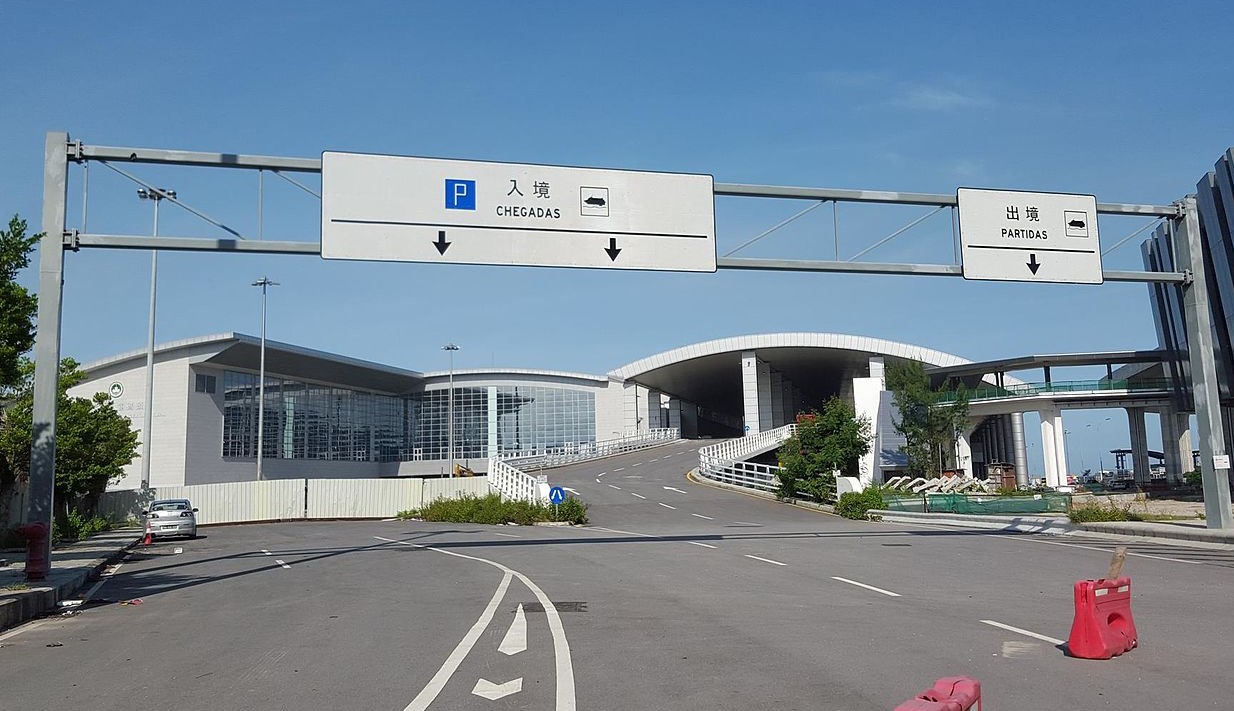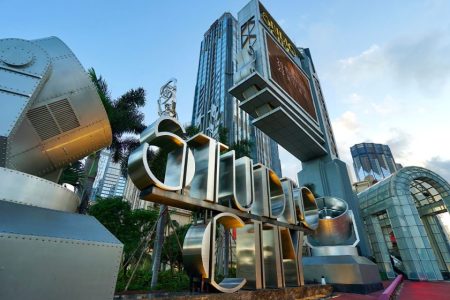A large part of the Taipa Ferry Terminal will be converted into the Macau International Airport’s Terminal 2, an informed source told the Macau Post Daily over the weekend, adding that Terminal 2 will be connected to the nearby airport complex through a fenced-off “restricted area” corridor in line with international aviation security rules.
The source, who asked to remain anonymous, said the airport’s second terminal project was still “in an embryonic stage”, including its expected cost. The distance between the ferry terminal in Pac On and the airport is just a few hundred metres.
The ferry terminal, which opened in 2017 after years of construction delays and which the source described as “clearly oversized”, has been underutilised since the start, but particularly since the opening of the Hong Kong-Zhuhai-Macau (HZMB) in October 2018.
Macau’s ferry links with Hong Kong and ports in Guangdong have been suspended since early February due to the novel coronavirus disease (COVID-19) epidemic.
Secretary for Transport and Public Works Raimundo do Rosario told lawmakers last week that the Terminal 2 project was part of plans to enlarge the airport, which was designed for seven million passengers but recorded 9.6 million last year.
Ella Lei Cheng I, who heads the legislature’s Follow-up Committee for Land and Public Concession Affairs, told reporters after lawmakers’ meeting with Rosario on Thursday that Terminal 2 would initially comprise check-in counters for four airlines and be connected to Terminal 1 by a special corridor to take passengers to the apron.
Rosario told reporters after Thursday’s closed-door meeting at the Legislative Assembly that the first phase of the airport extension project was designed for an annual passenger movement of 11 million, based on the expected number of passengers in 2025, while the second phase was for a passenger movement of 15 million for the 2031-2037 period.
Rosario said there was no need for a second runway.
The single-runway airport opened in November 1995 when Macau was still under Portuguese administration. The government holds a 55.24 per cent equity stake in airport operator CAM. Former casino monopoly company STDM holds 34.1 per cent. The remainder is held by a number of shareholders from the Chinese mainland, Hong Kong and Macau.
The airport is focused on air routes with mainland China, Taiwan and a string of destinations in East and Southeast Asia.
CAM admitted last month that its business has been hit hard by the impact of the COVID-19 pandemic.
(The Macau Post Daily/Macau News)




